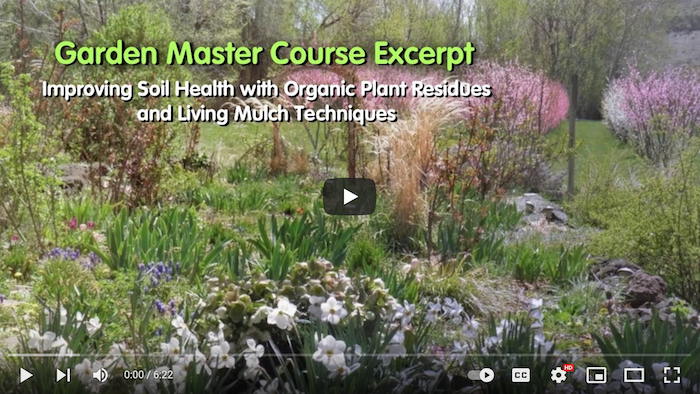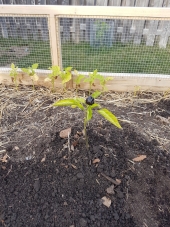
 2
2




 9
9





 5
5




List of Bryant RedHawk's Epic Soil Series Threads We love visitors, that's why we live in a secluded cabin deep in the woods. "Buzzard's Roost (Asnikiye Heca) Farm." Promoting permaculture to save our planet.
 1
1




Life on a farm is a school of patience; you can't hurry the crops or make an ox in two days.
Henri Alain




Mart Hale wrote:I used to use volcanic rock dust, I have moved more toward using un sulfured molasses to help jump start the biology.












 3
3




List of Bryant RedHawk's Epic Soil Series Threads We love visitors, that's why we live in a secluded cabin deep in the woods. "Buzzard's Roost (Asnikiye Heca) Farm." Promoting permaculture to save our planet.
 4
4




 4
4
















 5
5




List of Bryant RedHawk's Epic Soil Series Threads We love visitors, that's why we live in a secluded cabin deep in the woods. "Buzzard's Roost (Asnikiye Heca) Farm." Promoting permaculture to save our planet.




Perry Overton wrote:
Mart Hale wrote:I used to use volcanic rock dust, I have moved more toward using un sulfured molasses to help jump start the biology.
Thank you for your feedback. Any details on how much to use or how you applied it?
Perry
Life on a farm is a school of patience; you can't hurry the crops or make an ox in two days.
Henri Alain




Bryant RedHawk wrote:
If you want to supercharge your produce you would want to make an addition of a non purified sea salt (My preference is Sea-90 which has 97 minerals present) so that you are providing more than that 75 mineral count that land based soils can have.
 1
1





 5
5




Check out Redhawk's soil series: https://permies.com/wiki/redhawk-soil
 1
1




My Mission is to grow nutrient dense food and teach what I have learnt to any one who will listen.
 2
2




Perry Overton wrote:I feel I have quality garden soil already. I started with good top soil and for the past three years have been adding compost spring and fall. In addition, last year I started using a cover crop that is tilled under in spring. Finally I have an aquaponic system, that I use water from to create compost tea and water my garden. But will definitely have a a "complete" soil analysis done.
I guess this is what I was really looking for:
Bryant RedHawk wrote:
If you want to supercharge your produce you would want to make an addition of a non purified sea salt (My preference is Sea-90 which has 97 minerals present) so that you are providing more than that 75 mineral count that land based soils can have.
Thanks RedHawk.
 4
4




"The rule of no realm is mine. But all worthy things that are in peril as the world now stands, these are my care. And for my part, I shall not wholly fail in my task if anything that passes through this night can still grow fairer or bear fruit and flower again in days to come. For I too am a steward. Did you not know?" Gandolf
 1
1




Marco Banks wrote:Turkeys! Seriously -- turkeys are fantastic re-mineralizers.

 2
2




Hans Albert Quistorff, LMT projects on permies Hans Massage Qberry Farm magnet therapy gmail hquistorff




Bryant RedHawk wrote:I like 1/2 cup molasses to 3 gal. water when starting a compost tea brewing session, that gives plenty of fast food to the microorganisms I want to grow and not enough to sustain ciliates (the bad guys). Even if some bad guys start to grow, when you add the oxygen by stirring or using a vortex apparatus, those bad guys will perish.
I have even started cultures of good bacteria and added those, agar agar and all to a compost tea when I really wanted to get things hopping right away.
If you have the ability to grow some bacteria cultures, only brew the batch for 24 hours otherwise you might run them out of food before you get them where you really want them to be living.
JayGee
 2
2




This is all just my opinion based on a flawed memory

 1
1





Explore the Permies Digital Market - ebooks, movies, building plans, courses, and more. Oh my!



|
Wanna see my flashlight? How about this tiny ad?
A rocket mass heater heats your home with one tenth the wood of a conventional wood stove
http://woodheat.net
|

